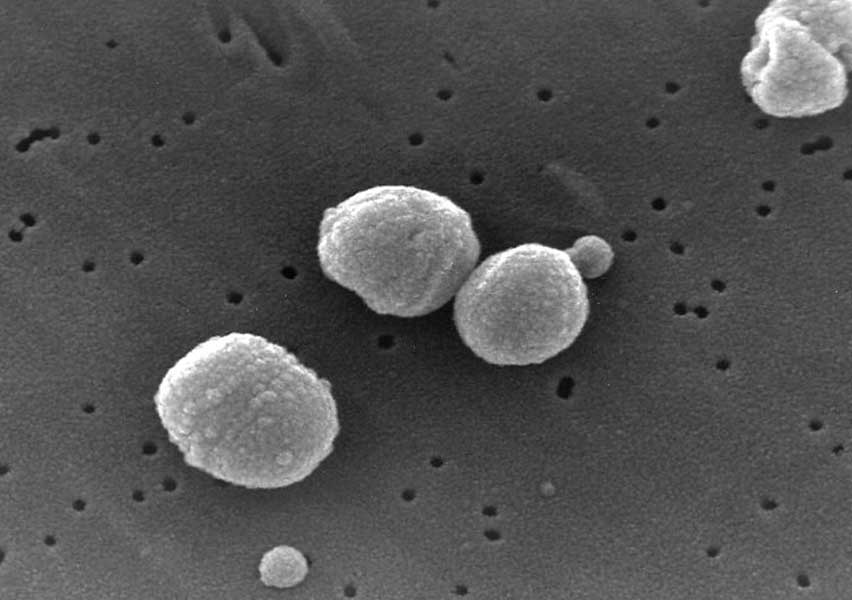Streptococcus pneumoniae
Streptococcus pneumoniae, or pneumococcus, is one of the leading bacterial pathogens affecting humans worldwide. It is the most common cause of community-acquired pneumonia (CAP), responsible for approximately 1.5 million deaths annually, particularly among children under 5 and elderly individuals. Asymptomatic carriage rates range from 5–10% in adults to up to 60% in children, especially during colder seasons.
Clinical Features
S. pneumoniae is a gram-positive, encapsulated diplococcus, alpha-hemolytic, non-motile, catalase-negative, and optochin-sensitive. Its polysaccharide capsule is the major virulence factor. Over 90 serotypes have been described, though around 12 are responsible for most invasive infections.
Although it normally colonizes the human nasopharynx, S. pneumoniae can cause a wide range of diseases when it invades sterile sites. These include otitis media, sinusitis, pneumonia, bacteremia, and meningitis. Invasive disease is most common in young children, the elderly, and immunocompromised patients. Some serotypes have been linked to outbreaks in crowded environments such as military barracks or long-term care facilities.
Transmission occurs via respiratory droplets. While widespread epidemics are rare, pneumococcus remains a major clinical and public health concern.
Diagnosis
Diagnosis depends on the site of infection and may involve blood cultures, sputum analysis, antigen detection in urine (for capsular polysaccharide), PCR, or cerebrospinal fluid examination in meningitis cases. Laboratory identification is based on lancet-shaped gram-positive diplococci, alpha-hemolysis on blood agar, optochin sensitivity, and bile solubility.
Treatment
Treatment involves antibiotics, but increasing resistance to penicillin and macrolides is a concern in many regions, making susceptibility testing important. Pneumococcal vaccines (conjugate and polysaccharide) have significantly reduced the incidence of invasive disease. Vaccination is recommended for children, the elderly, and high-risk groups (e.g., immunocompromised, chronic illness, smokers).

